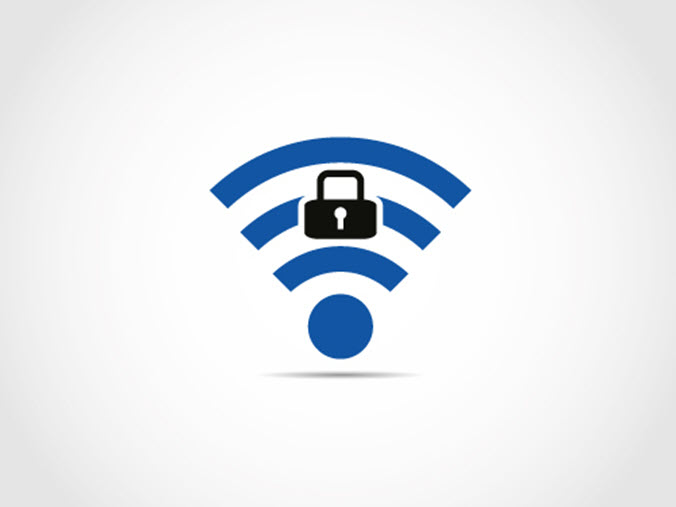
Your small business’ Wi-Fi connection could be a tool that helps you work more efficiently while also serving as a tunnel that connects you to the rest of the world. But, if it isn’t secured well enough, it can also become the two-way path that leads to your business’ downfall.
In this article, we will have a look at why you need to secure your Wi-Fi connection, as well as how to do it properly.
Why secure your business Wi-Fi?
A Wi-Fi connection is a path that carries two-way traffic. Just as you would use it to reach your clients and customers, it will also let them connect to your website and servers. If you happen to have remote workers, they too will be able to work and collaborate on your projects from any remote location.
Lastly, if your business has a brick-and-mortar presence, you can offer free Wi-Fi to your walk-in clients. They can either kill some time as they wait to get served or use it to submit vital information you may later need to deal with them.
All these open ends can lead to unwanted and damaging attacks that come from both outside and within your networks. The possible scenarios include:
- An external attacker hacking into your network with the intent of stealing data from you via the Internet
- Another hack performed by someone sitting on your premises to either attack your servers or use your connection for malicious activities aimed at other networks or devices
- The unintentional creation of a perimeter breach in your network that will leave your business vulnerable to attacks
- Having a connection that can be tapped into or “listened” to by hackers using sniffing tools
- Employees sending confidential data (whether intended or not) that can then be accessed by someone outside the network
- Employees downloading unauthorized or harmful software that can wreak havoc on their devices, and even your servers
- Unauthorized people using your Wi-Fi connection, thus slowing down your communication speeds
As you can imagine, any one of these scenarios could lead to a serious situation where you lose valuable data or end up with your clients’ information being stolen. Without a secure Wi-Fi, the chances of one or more of the scenarios becoming a reality increase dramatically.
How to secure your business Wi-Fi
Below, we will look at some steps you can take to lock your Wi-Fi down.
Never use default passwords
Change the default passwords as soon as you get a new Wi-Fi device or the control/interface application that comes with it. Remember, not even the technicians (who might work for a reputable company) are to be trusted with your passwords. Some gadgets and applications come with default passwords that anyone can easily find on the Internet – don’t take any chances.
While you’re at it, change the Wi-Fi connection name to something other than the default device name. Don’t make it easy for hackers by letting them know what device you are using.
Two-factor Authentication
With two-factor authentication (2FA) in place, you will have a much more secure Wi-Fi. This configuration makes sure any person who is logging onto your network is verified twice – first, via a web login and then by sending a text message to the user’s phone that they can use to verify their identity. It might sound complicated and you might think your users will find it a bit too much to deal with, but that usually isn’t the case.
Encrypt your connection
The best way to protect your data as it travels over your Wi-Fi connection is by making it useless to anyone who might be eavesdropping. With encryption, you make the data you are sending useless to anyone except the intended recipient (who will have the decryption key). Only they will be able to unlock your “code” and read what you have sent.
If you have a website that sends and receives confidential data, it makes sense to sign up for SSL (Secure Sockets Layer) certificates. If you use your website to register or collect personal information from your clients, you can also add a Wi-Fi certificate.
Appropriate Wi-Fi security protocols
Wi-Fi connections come with three security protocols:
- WEP: The Wired Equivalent Privacy, which is outdated (but still rather unwisely in use) and has been replaced by the more secure WAP and WAP2
- WPA: The Wi-Fi Protected Access is a more robust security protocol. It was the most secure option until it was replaced by WAP2
- WPA2: This is the most current security protocol that adheres to the latest standards and even has “government-grade” encryption capabilities
The three security protocols each have their advantages and drawbacks. Learn about Wi-Fi protocols and figure out which one would best fit your connection requirements, then implement it.
Most importantly… lock it up!
None of the above measures will be any good if someone can just walk into your building and access your Wi-Fi or connected devices. With physical access to your devices, it would be very easy to do some mischief. Make sure you lock up your hubs, routers, and servers!



















